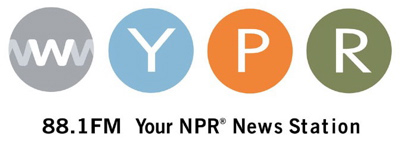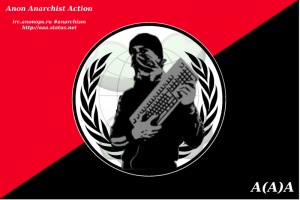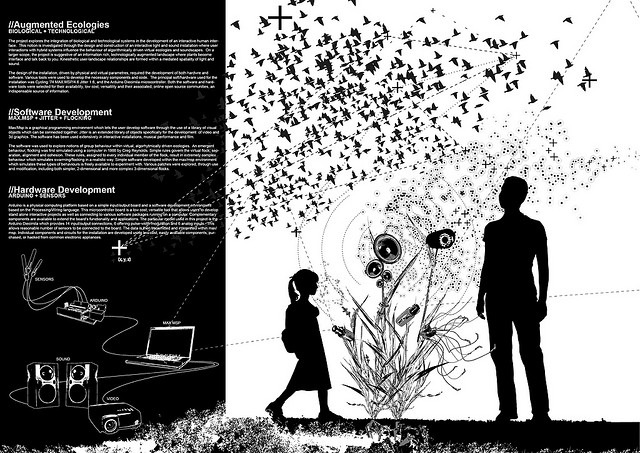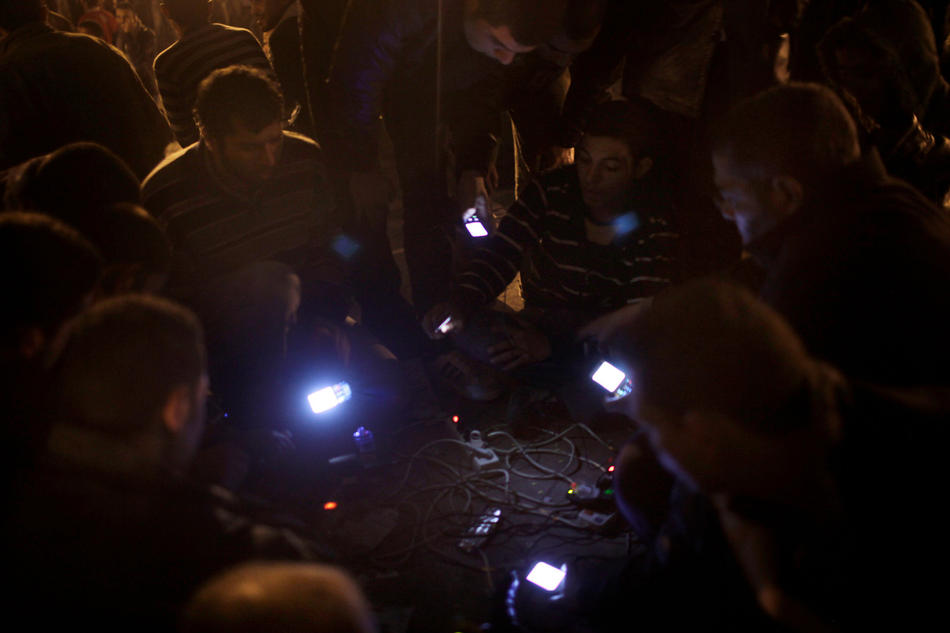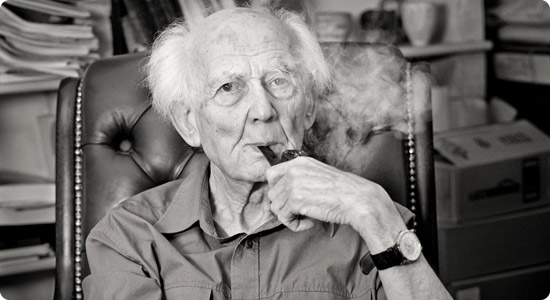 Zygmunt Bauman (pictured above) provides a famous liquidity metaphor that I find infinitely useful for thinking about the Internet. My previous post on Wikileaks and our Liquid Modernity outlins how the Internet and digitality are making information more fluid, nimble and difficult to contain. Using the liquidity metaphor, I argue that WikiLeaks is an example of increasingly liquid and leak-able information.
Zygmunt Bauman (pictured above) provides a famous liquidity metaphor that I find infinitely useful for thinking about the Internet. My previous post on Wikileaks and our Liquid Modernity outlins how the Internet and digitality are making information more fluid, nimble and difficult to contain. Using the liquidity metaphor, I argue that WikiLeaks is an example of increasingly liquid and leak-able information.
I further argue that “heavy” structures need to become more porous; that is, allow for some amount of liquidity in order to withstand the torrent of contemporary fluidity. Julian Assange argued that his WikiLeaks project will cause governments to become more secretive, or, using Bauman’s metaphor, those structures become more solid and thus become washed away by seeming out of date to current, more liquid, realities. I believe we saw a scenario just like this play out in Egypt. more...

